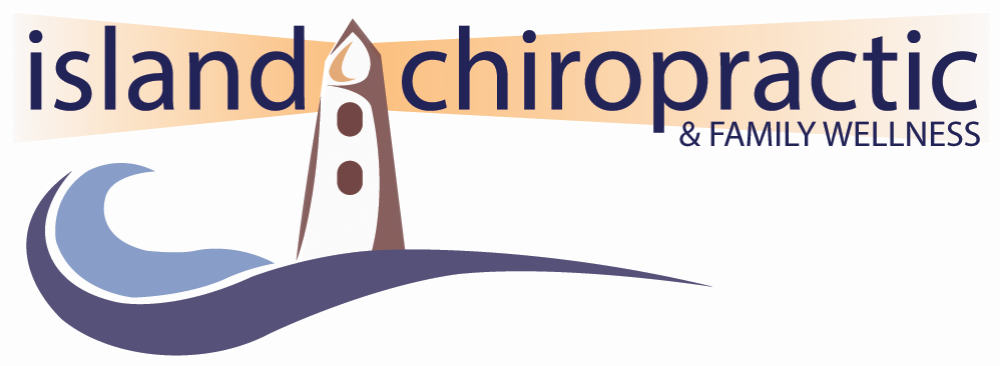Your body composition is made up of fat, bone, water and muscle; with your lean body mass being your fat-free mass. As we age it becomes more difficult to maintain our lean mass which is protective against injury, illness, and death. In this post we will talk about lean mass and the importance in fall prevention. The higher your age the higher your risk of falls and injury, but it’s never too late to start protecting yourself.
Of course, nutritious dietary choices play an enormous role in your body composition. We all know you are what you eat. You can’t expect to have a healthy body composition and lean mass if you don’t give your body the building blocks it requires. Here we will touch on some of those building blocks.
Focus on quality sources of protein, healthy fats, vegetables, fruits.
Drink lots of water.
Diets rich in vitamin D (sunlight, some fish, cheese, and eggs), vitamin K2 (fermented foods or animal products), calcium (dairy products, sardines, salmon, soy products, almonds) and animal protein can boost bone health and lower risk of fracture.
Protein should be prioritized. It is nutrient dense and very satiating. Consuming a minimum 30 grams of protein per meal is needed to stimulate muscle protein synthesis.
Protein is actually more important for sedentary people as they are not stimulating muscle growth with exercise and older individuals because muscle mass becomes harder to maintain as we age.
Generally speaking, 30 grams of protein at each meal (3 meals a day) should be a minimum target. That is 90 grams of protein per day.
Up to 1 gram of protein per pound of desired body weight may be best for active people who want to maximize muscle mass.
Citation
http://publications.gc.ca/collections/Collection/HP25-1-2005E.pdf
Tucker LA, et al. Effect of two jumping programs on hip bone mineral density in premenopausal women: a randomized controlled trial. Am J Health Promot. 2015 Jan-Feb;29(3):158-64.
Read about osteoporosis by clicking HERE
It is important to note that following these guidelines is best when prescribed by your chiropractor or physician. If you have underlying medical conditions, please consult with your healthcare provider before starting any new regimes. None of the information provided on this website should be substituted for medical evaluation, diagnosis, or treatment from a licensed healthcare practitioner. This information is simply for interest and comfort.

